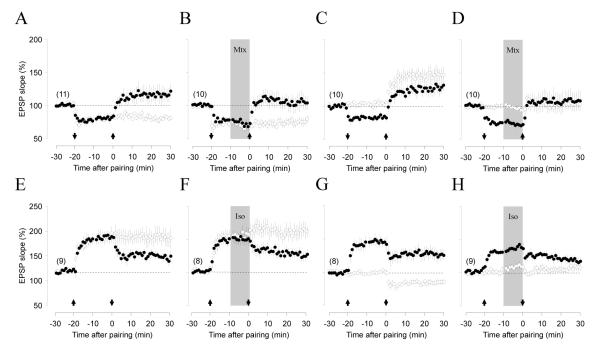Figure 5. Adrenergic receptors do not affect the reversal of plasticity.
In all of the experiments, plasticity was evaluated in two independent pathways converging onto the same postsynaptic cell. (A) In normal ACSF, inputs recently depressed by pairing at -40 mV (downward arrow at -20 min) can be de-depressed by subsequent pairing at 0 mV (upward arrow at 0 min. de-depressed inputs: filled circles; control inputs: open circles). (B) Bath application of methoxamine (MTX: 5 μM grey box) does not interfere with de-depression (de-depressed inputs: filled circles; control inputs: open circles). (C) In normal ACSF pairing at 0 mV (upward arrow at 0 min) induced both de-depression in previously depressed inputs (filled circles), and LTP in naïve inputs (open circles). (D) Bath application of methoxamine suppresses LTP (open circles) but not de-depression (filled circles). (E-F) Pairing at -40 mV (downward arrow at 0 min: filled circles) de-potentiates previously potentiated inputs (filled circles) in either normal ACSF (E) or after bath applied isoprorenenol (F, Iso: 10 mM, grey box). LTP was induced by pairing at 0 mV (upward arrow at -20 min). Control LTP: open circles, Depotentiation: closed circles. (G,H) Pairing at -40 mV (downward arrow at 0 min) induced both depotentiation in previously potentiated inputs (filled circles), and LTD in naïve inputs (open circles) in normal ACSF (G), but only induces depotentiation after bath application of isoproterenol. The number of experiments is indicated in parentheses.

